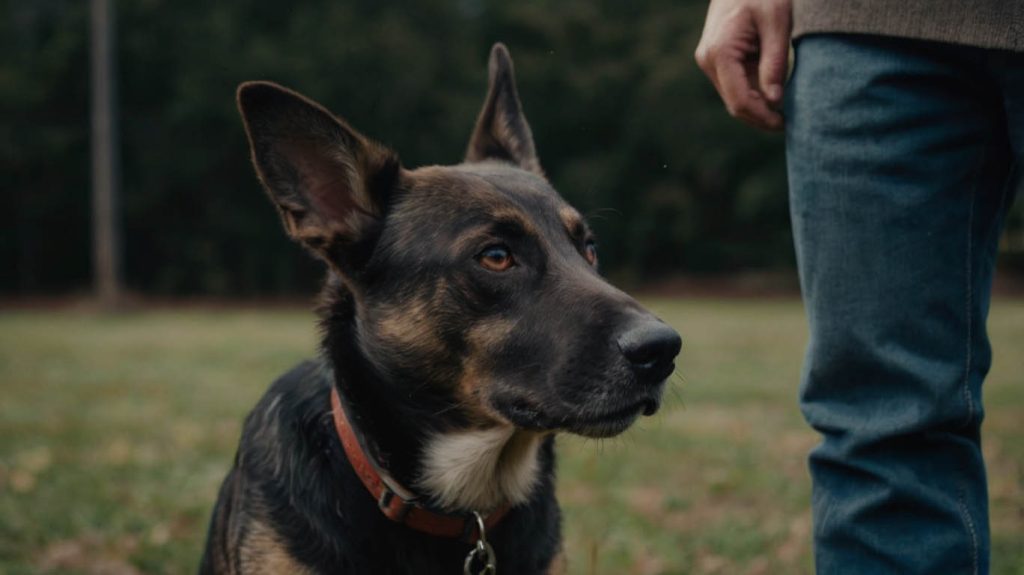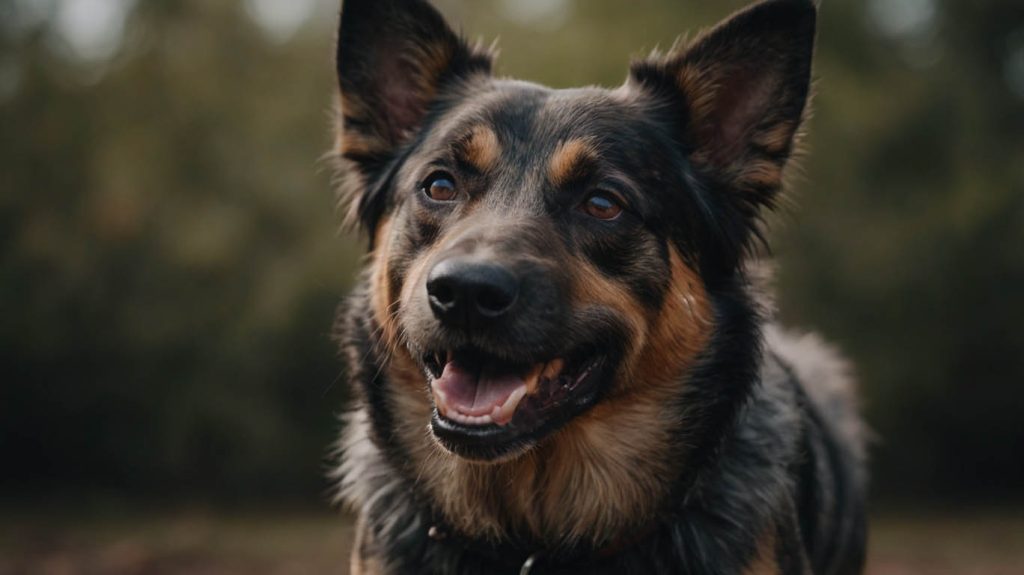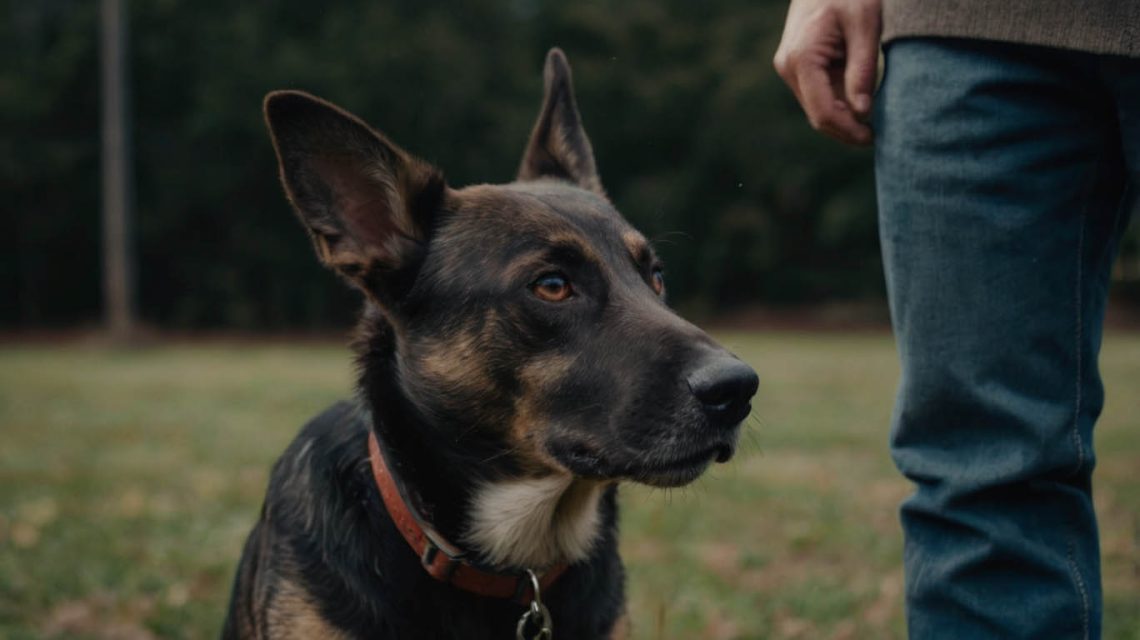Training a dog without a single treat might sound impossible—but it’s not. In fact, many owners are turning to alternative reward systems that build long-lasting behaviors. If you’re wondering whether dog training without treats actually works, the short answer is: yes, it can—with the right approach.
This guide takes you through real-life examples, proven techniques, and psychology-based strategies to teach your dog using connection, not just cookies. By the end, you’ll understand how to reinforce good behavior through praise, play, and routine instead of relying on constant snacks.
Why Some Owners Choose Dog Training Without Treats
While treats are commonly used in positive reinforcement, they’re not for everyone. Some reasons dog owners look for alternatives include:
- Dogs with dietary restrictions or allergies
- Puppies prone to food aggression
- Owners aiming for long-term obedience without treat dependency
- Minimalist training preferences
- Wanting stronger communication and emotional bonding
Training should fit both the human and the dog. So if you’re seeking a different path, dog training without treats offers a sustainable and meaningful method.

Meet Leo: A Treat-Free Training Transformation
Leo, a 5-month-old Border Collie, was hyperactive and quickly became treat-obsessed. His owner, Maria, noticed he only responded when food was visible. Walks became chaotic, and he ignored commands without the lure of snacks.
After consulting a trainer, Maria shifted her strategy. She started using games of tug, vocal praise, and off-leash freedom as rewards. Leo began responding faster, not because of food, but because of connection and fun. Today, he’s a focused, happy pup who trains eagerly—treats or no treats.
Leo’s success story shows that dog training without treats isn’t just possible—it’s powerful.
The Science Behind Training Without Food Rewards
Dogs are motivated by more than food. In behavioral psychology, reinforcers can include:
- Play: Tug-of-war, fetch, or chase
- Praise: A joyful “Yes!” or a warm “Good boy!”
- Touch: Belly rubs or scratches behind the ears
- Freedom: Being allowed off-leash or to explore
- Toys: Favorite squeaky or tug toy
The goal is to find what drives your dog. Once you do, dog training without treats becomes a relationship built on real value—not bribes.
How to Train Using Play as a Reward
One of the best non-food rewards is interactive play. Here’s how to use it effectively:
Step 1: Identify the Game Your Dog Loves Most
Some dogs love tug, while others go wild for a ball. Choose what excites your pup most.
Step 2: Ask for a Behavior First
Say “sit,” “down,” or “stay.” Only initiate play once the command is followed.
Step 3: Keep Sessions Short and Exciting
Rewarding with 10–20 seconds of intense play keeps motivation high without losing focus.
By using play, you turn yourself into the prize—one of the core principles in dog training without treats.
How to Use Praise and Touch Effectively
Praise sounds easy, but it has to be meaningful to your dog. Try this:
- Use a happy, excited tone
- Time it immediately after the correct behavior
- Pair it with physical affection like ear rubs or gentle pats
Dogs mirror your energy. If your praise feels genuine, it works wonders—even more than food in some cases. This technique strengthens emotional bonds while advancing dog training without treats.
Incorporate Freedom and Access as Training Rewards
Access to desired environments is a huge motivator. Use freedom wisely:
- Allow your dog to explore only after calm behavior
- Open doors or remove leashes as a reward for a command
- Use a release word like “okay!” to mark the reward moment
For example, if your dog waits calmly before a walk, reward them by opening the door. Over time, they associate good behavior with the reward of movement—key in successful dog training without treats.

How to Build Reliability Without Bribery
Many owners worry that without treats, dogs will stop obeying. But reliability actually grows when rewards vary.
Tips to Build Consistency:
- Mix rewards (play, praise, freedom)
- Vary timing and intensity
- Avoid showing the reward until after the behavior
Eventually, your dog will listen not because of a visible payoff, but because it’s a habit. That’s the magic of dog training without treats—obedience that lasts.
Training Games That Don’t Use Treats
Here are some fun exercises that teach important behaviors without relying on food:
“Red Light, Green Light”
Teaches impulse control. Start walking with your dog. Say “stop” and freeze. Reward with movement when they wait calmly.
“Find It” With Toys
Hide a toy and cue your dog to “find it.” Builds focus and recall.
“Wait and Release”
Teach your dog to wait at doors, then release them as the reward. Great for safety and manners.
These games provide fun, functional frameworks for dog training without treats.
Challenges and How to Overcome Them
While treat-free training has many advantages, it isn’t always easy. Common struggles include:
- Low motivation in calm dogs
- Distracted behavior in outdoor environments
- Initial slow response without a visible reward
Solutions:
- Increase play engagement to raise excitement
- Practice in quiet places before adding distractions
- Use enthusiastic praise consistently until the habit forms
Persistence is key. Once your dog understands that you are the reward, training becomes smoother and more natural.
Case Study: Luna Learns Recall Without Food
Luna, a 3-year-old rescue mutt, loved to run—but hated coming back. Her family tried every treat under the sun, but she’d only return when she felt like it.
They began using a flirt pole and long leash. Each time she returned, they played tug for 15 seconds. Within two weeks, Luna’s recall was flawless—even at the dog park.
This case shows how dog training without treats can dramatically improve real-world reliability.
FAQs
Can any dog be trained without treats?
Yes, though the approach may vary by breed and personality. Motivation is key—find what excites your dog most.
Will praise alone work for training?
In many cases, yes. Especially when it’s genuine, enthusiastic, and paired with touch or play.
Is treat-free training slower?
Initially, it might be. But it often leads to more durable habits and stronger communication.
What if my dog loses interest?
Mix up rewards, keep sessions short, and focus on fun. Your dog’s engagement will grow over time.
Are there situations where treats are better?
In high-distraction environments or with fearful dogs, food may still be the fastest motivator. You can blend methods when needed.
Can I switch from treats to non-food rewards later?
Absolutely. Many trainers start with treats, then fade them out as dogs mature and habits solidify.
Conclusion: Training Without Treats Is Empowering
While treats are a popular training tool, they’re not the only option. Dog training without treats builds obedience based on trust, attention, and joy—not dependency. Whether you use play, praise, touch, or freedom, your dog will respond when the reward feels meaningful to them.
Start simple: pick one behavior, one non-food reward, and practice for 5 minutes a day. You’ll be surprised how quickly your dog begins to follow your lead—not your snack.


